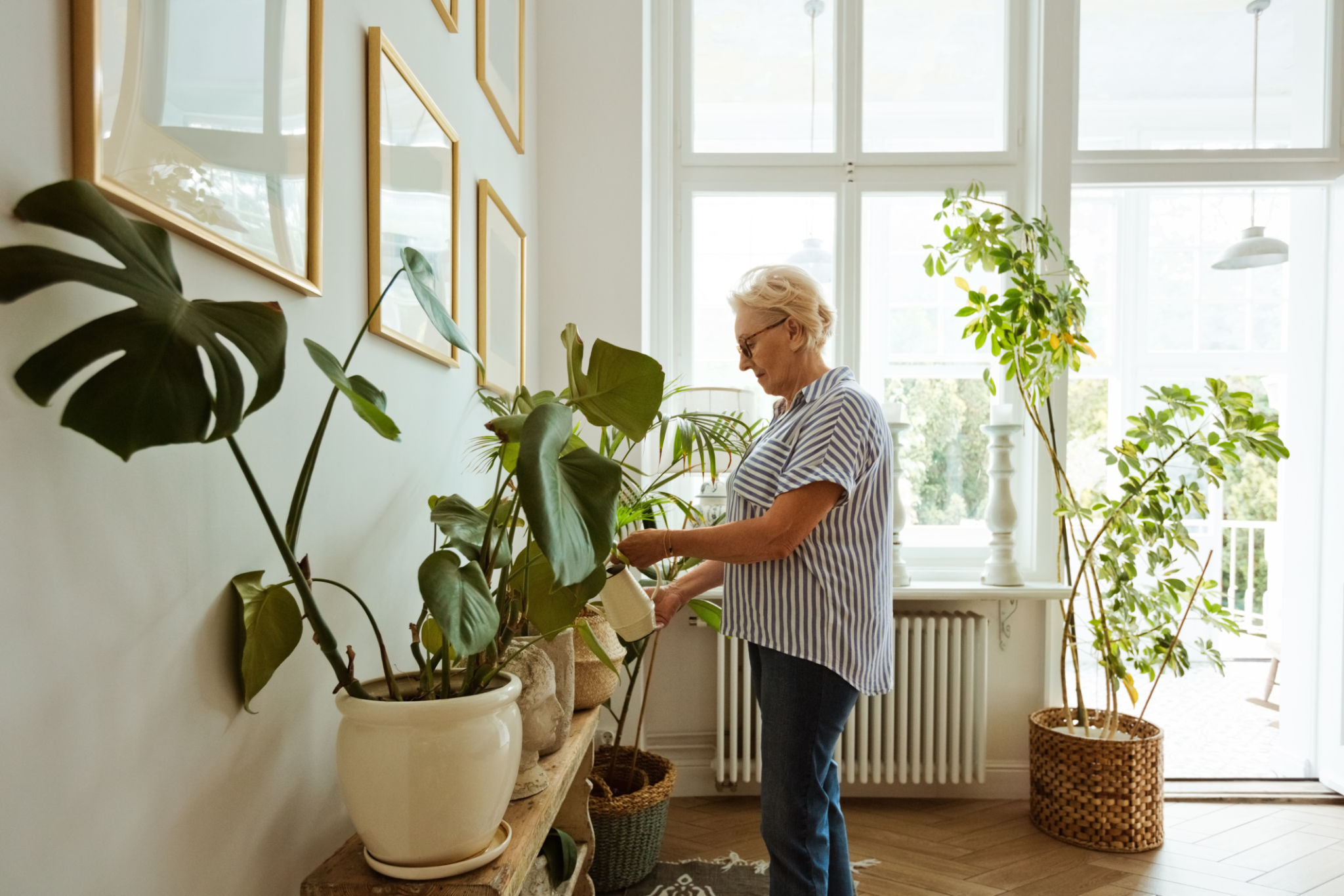Common Mistakes to Avoid When Starting a Vegetable Garden at Home
Choosing the Wrong Location
One of the first decisions you'll need to make when starting a vegetable garden at home is choosing the right location. It might seem simple, but many beginners make the mistake of selecting a spot without considering sunlight and soil quality. Vegetables generally require at least six to eight hours of sunlight per day. Shaded areas will result in poor growth and lower yields. Ensure your chosen location gets ample sunlight and check for any nearby structures or trees that might cast shadows over your garden.

Ignoring Soil Quality
The quality of your soil can make or break your vegetable garden. Beginners often overlook the importance of soil preparation and end up planting in poor soil that's either too sandy or too clay-heavy. Test your soil's pH level and nutrient content. You can purchase a soil testing kit from a garden center or send a sample to a local extension service. Based on the results, you may need to amend the soil with organic matter like compost or well-rotted manure to enhance its fertility.
Adding Nutrients
Once you've tested your soil, take steps to improve it if necessary. Adding compost, peat moss, or aged manure can significantly enhance soil structure and nutrient availability. Remember that healthy soil leads to healthy plants. Regularly replenishing organic material is crucial to maintaining nutrient-rich soil.
Overwatering or Underwatering
Watering is another area where many novice gardeners falter. Both overwatering and underwatering can harm your plants. It's essential to find a balance. Overwatering can lead to root rot, while underwatering can cause plants to wilt and produce fewer fruits. It's advisable to water deeply but less frequently, ensuring the water reaches the root zone. A good rule of thumb is to water early in the morning or late in the afternoon to minimize evaporation.

Planting Too Many Varieties
While it might be tempting to plant a wide variety of vegetables when starting out, this can quickly become overwhelming. Each type of vegetable comes with its own set of care requirements and potential pests. Begin with just a few easy-to-grow options such as tomatoes, lettuce, or radishes. Once you gain confidence and experience, you can gradually expand the variety of vegetables in your garden.
Spacing Concerns
Another common mistake is planting too closely together. Crowded plants compete for sunlight, water, and nutrients, leading to reduced yields and increased disease susceptibility. Follow spacing recommendations provided on seed packets or plant labels. This ensures each plant has enough room to grow and thrive.

Neglecting Pest Control
Pests can quickly become a significant issue if not addressed early. Many beginners fail to recognize signs of pest infestations until it's too late. Regularly inspect your plants for any signs of damage or insect activity. Introduce beneficial insects like ladybugs or use organic pest control methods to keep unwanted visitors at bay. Maintaining vigilance is key to preventing pests from taking over your garden.
Lack of Patience
The final mistake many new gardeners make is expecting instant results. Gardening requires patience and perseverance, especially when dealing with unpredictable weather conditions and trial-and-error learning curves. Celebrate small victories along the way, such as the first sprout or harvest, and remember that each season brings new opportunities for learning and growth.
In conclusion, by avoiding these common pitfalls, you can set your vegetable garden up for success. With careful planning, regular maintenance, and an eagerness to learn from mistakes, anyone can enjoy the rewards of growing their own vegetables at home.

